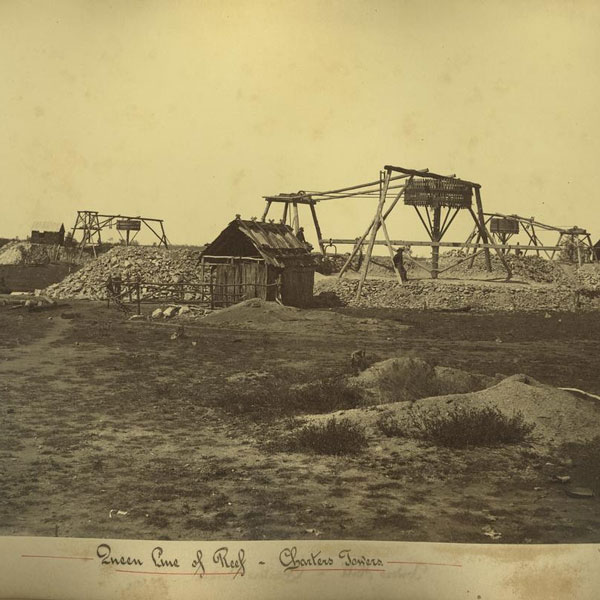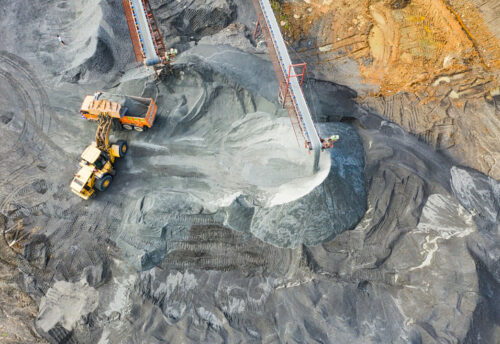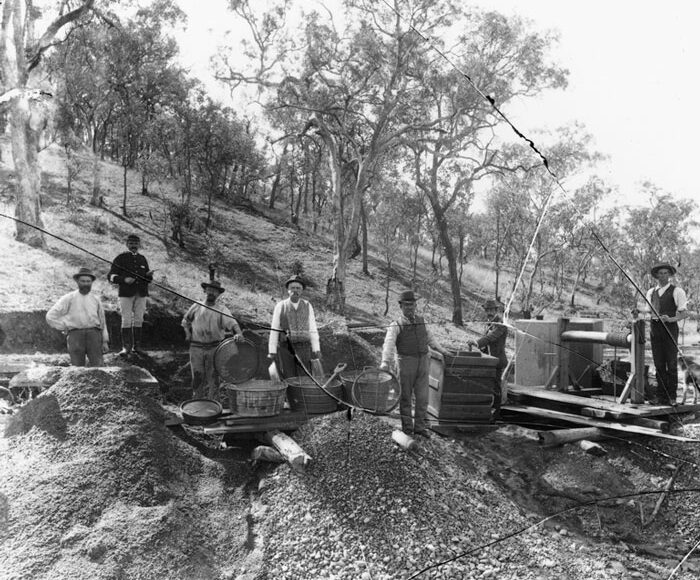
A Quick History of Gold Mining In Australia
Australia is the third largest producer of gold in the world. In 2018, Australia produced 310 tonnes of gold. An amount that was the country’s largest yield in two decades.
In 1851, the first discovery of payable of gold was at Ophir in New South Wales. Discoveries were then made at Ballarat and Bendigo Creek in Victoria.
Keen to strike it rich, gold-seekers from around the world began arriving onto Australia’s shores. Before 1851, Australia’s (white) population was approximately 77,000. Most of those had been convicts sent by ship over the previous seventy years.
However, between 1851 and 1871 the total population soared to 1.7 million as British, Chinese, North American and European migrants came in search of gold.
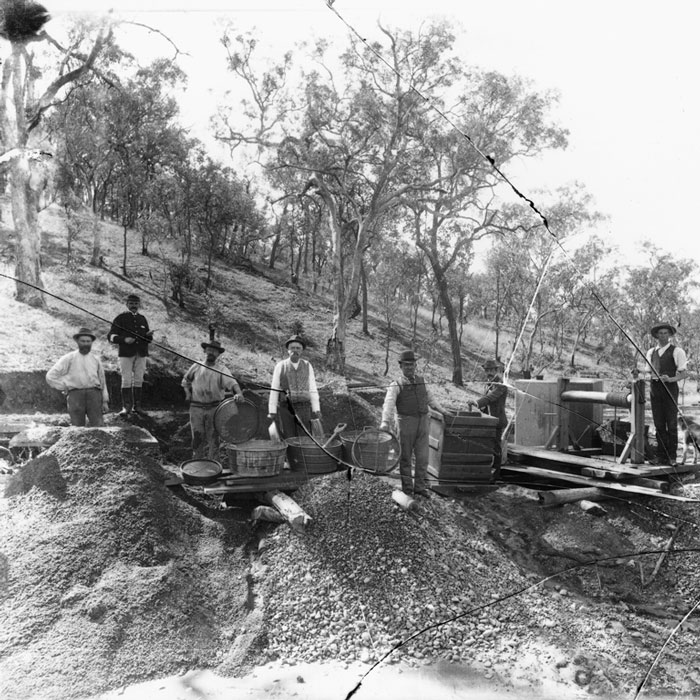
Victoria
A third of the world’s gold production in the 1850s was created during the Victorian Gold Rush
The gold boom was the result of a task group that was formed in Melbourne called the Gold Discovery Committee. Its purpose was to encourage the discovery of gold within the struggling colony’s borders.
The committee offered a reward of 200 pounds to anyone who found gold within 200 miles (322km) of Melbourne
Hundreds of prospectors headed out with hopes of finding gold and claiming their reward.
They literally struck pay dirt. Central Victoria yielded 174 tonnes of gold worth 14,000,000 pounds in 1852 alone.
The riches that were being shared around Victoria attracted criminals too. It was common to see theft, murder and armed robbery and this activity became the backdrop for Australia’s infamous bushrangers.

Queensland
Queensland was next to join in the gold rushes.
Gold was discovered in Queensland as early as 1858, however it took ten years before any profitable amounts were discovered.
The first was Gympie which was a small agricultural town 160 kilometres north of Brisbane in 1967. This triggered the Gympie Gold Rush.
Then on December 24, 1871, a 12 year old aboriginal boy found gold in a creek at the base of Towers Hill by chance. The first diggers settled in a camp in March. The camp quickly became a town, and the town boomed as the gold kept flowing.
The township is now known as Charters Towers. Mining activity has since re-started in modern times due to the reemergence of gold.
The Charters Towers goldfield still carries off the title of richest Australian gold mine.
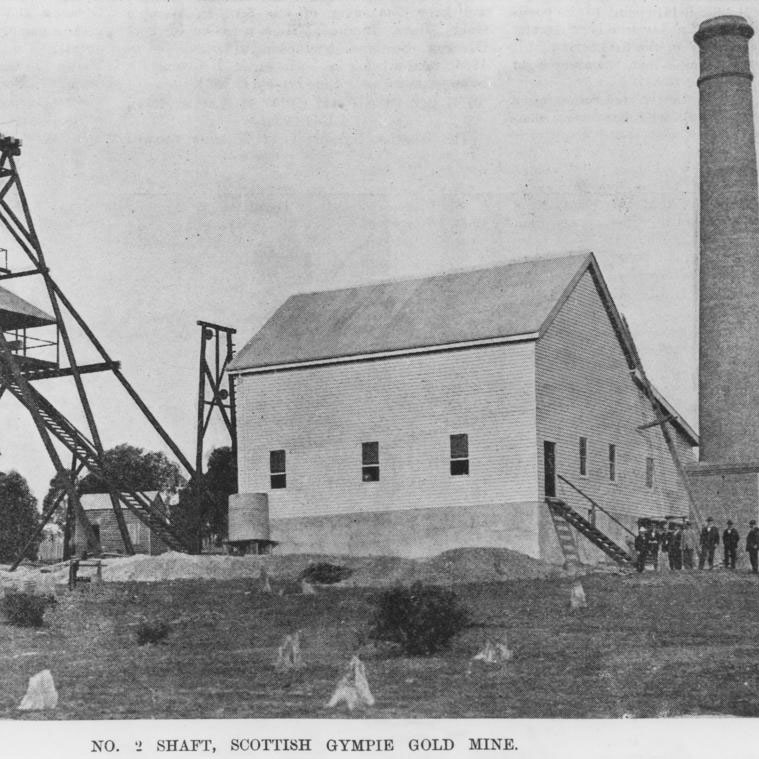
Western Australia
Western Australia was slow to join in on the booms of the east due. This was mainly due to its rugged terrain, harsh climates and most importantly, its sheer distance from the heavily populated cities of Sydney and Melbourne.
Gold was first discovered officially in Western Australia (WA) in 1892. News of the gold spread and soon gold prospectors from across Australia arrived to seek their fortune.
These gold miners set up towns in the Kalgoorlie, Goldfields and Murchison regions.
In 1902 alone, Western Australia produced more than two million ounces of gold. Today, more than 70% of Australia’s overall gold production comes out of WA.
In fact, if WA was a country, it would be the fifth largest gold producer in the world.
